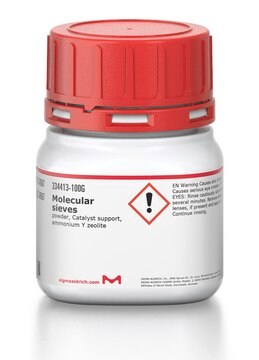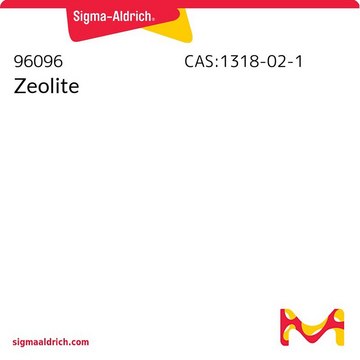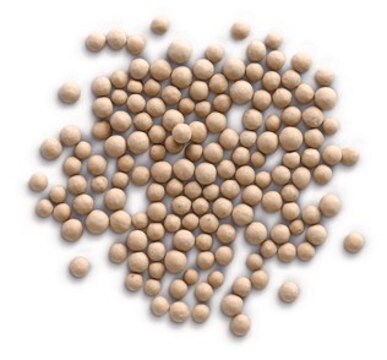Kluczowe dokumenty
348848
Titanium
foil, thickness 0.025 mm, 99.98% trace metals basis
About This Item
Polecane produkty
Poziom jakości
Próba
99.98% trace metals basis
Formularz
foil
temp. samozapłonu
860 °F
rezystywność
42.0 μΩ-cm, 20°C
grubość
0.025 mm
bp
3287 °C (lit.)
mp
1660 °C (lit.)
gęstość
4.5 g/mL at 25 °C (lit.)
Zastosowanie
battery manufacturing
ciąg SMILES
[Ti]
InChI
1S/Ti
Klucz InChI
RTAQQCXQSZGOHL-UHFFFAOYSA-N
Powiązane kategorie
Opis ogólny
Zastosowanie
- Medical Devices: Due to its biocompatibility, it is widely used in medical applications, such as in joint replacement implants, dental implants, and surgical instruments (Britannica).
- Corrosion Resistance: Its resistance to corrosion by both water and chemical media leads to its use in chemical processing industries for equipment like heat exchangers and reactors (Royal Society of Chemistry).
Ilość
Kod klasy składowania
11 - Combustible Solids
Klasa zagrożenia wodnego (WGK)
nwg
Temperatura zapłonu (°F)
Not applicable
Temperatura zapłonu (°C)
Not applicable
Środki ochrony indywidualnej
Eyeshields, Gloves, type N95 (US)
Wybierz jedną z najnowszych wersji:
Masz już ten produkt?
Dokumenty związane z niedawno zakupionymi produktami zostały zamieszczone w Bibliotece dokumentów.
Klienci oglądali również te produkty
Produkty
Biomedical implants are essentially foreign substances within the human body that must survive many years’ exposure to demanding mechanical and physiological conditions. Despite these challenges, metal implants have been widely used to substitute for or rebuild hard tissues such as bones and teeth.
Global Trade Item Number
| SKU | GTIN |
|---|---|
| 348848-280MG | 4061826764794 |
| 348848-1.1G | 4061838139078 |
Nasz zespół naukowców ma doświadczenie we wszystkich obszarach badań, w tym w naukach przyrodniczych, materiałoznawstwie, syntezie chemicznej, chromatografii, analityce i wielu innych dziedzinach.
Skontaktuj się z zespołem ds. pomocy technicznej


